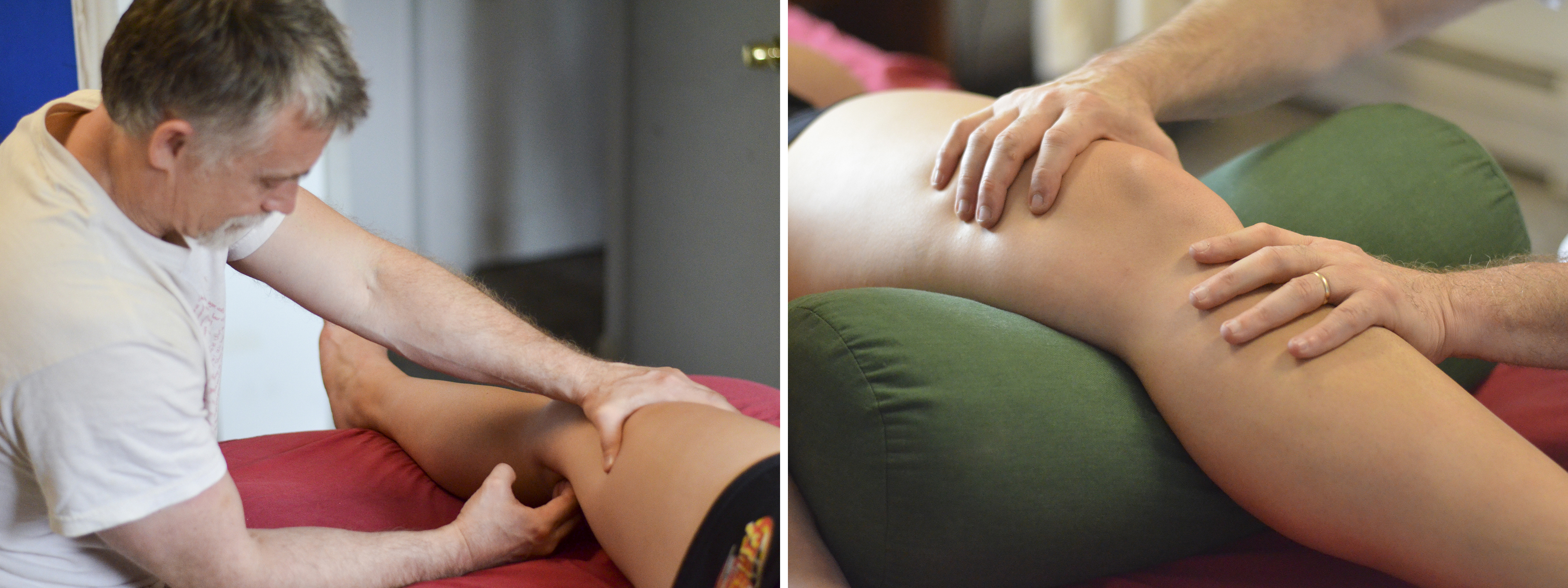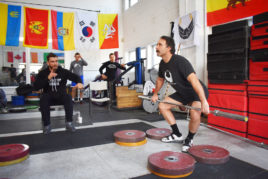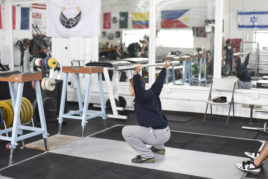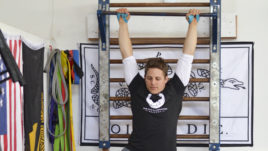The notion that body maintenance, such as chiropractic, massage, acupuncture or self-care such as stretching would have a benefit to weightlifters does not seem difficult to accept. But what the devil is Rolfing, and would that be of at least equal benefit as the above-mentioned modalities to the weightlifting community?
In brief, Rolfing works with the connective tissue, or fascia, which is a tough, fibrous, omni-present fabric serving multiple purposes in the human body. Fascia wraps every muscle, bone and organ inside of us, and orchestrates the passage of our nervous systems. In this way, it determines structural relationships between body parts. Sidebends, twists and sagittal plane distortions (excess flexion/extension) are held not so much in the musculature as they are in the fascia. What’s more, global tensional balance resides primarily in the fascial continuum.
Two forces are at play in all physical structures, living or inert: compression and tension. A brick wall is chiefly compressional; each brick is held in place by the weight of the bricks above. A very slight tensional force is also generated out in all directions by the very same weight. A tent is an example of a structure that relies more heavily on tension to maintain its form. Living bodies, and even their constituents, individual cells, are tensegrity (meaning tension-integrity) structures. Tensegrity structures are designed to hold up under the demands of movement, but compression structures, while very stable, fare poorly once movement is introduced.
“Rolfing is a highly effective method of establishing
a more optimum tensional balance.”
Rolfing is the only discipline I am aware of which immediately harnesses the tensegrity model in its consideration of the human body, and the only modality whose primary focus is not on isolated muscles and their function, but on tensional forces playing out along whole-body lines of transmission.
In short, Rolfing is a highly effective method of establishing a more optimum tensional balance that means smoother motion, and less strain on the joints that bring our motion to bear.
—
A succinct bio: Richard Condon likes to lift weights, and immerse himself in anatomical studies, to further his Rolfing practice. He is somewhat “well-seasoned”, which means he brings 25 years of hands-on experience to every session. If you are a weightlifter, and especially if you lift for Team Danny Casey, he wants you to kick butt. ◼




